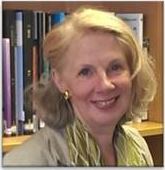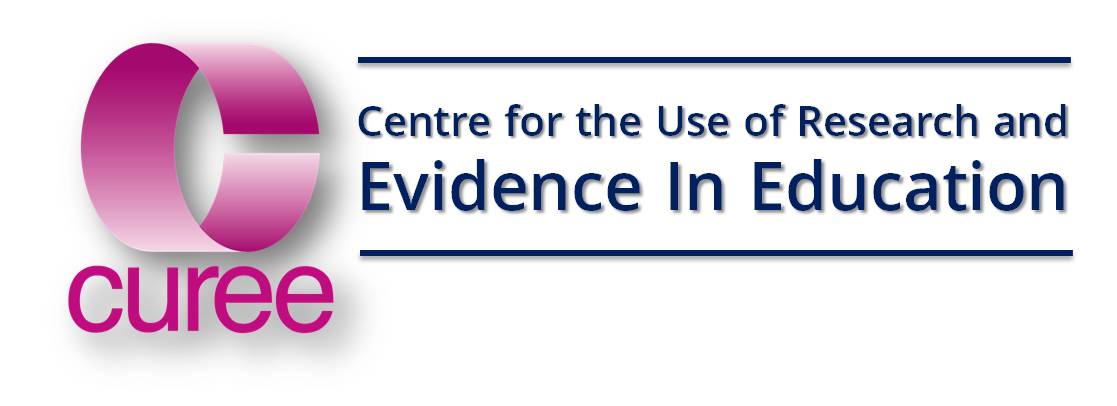 "Virtue is bold, and goodness never fearful"*
"Virtue is bold, and goodness never fearful"*
Assessment is definitely in the air. A very focussed conference (Assessing the Way Forward) on 24 June, for all Yorkshire and Humber schools that wrestled determinedly with systematising and framing assessment, helped me pull some pretty disparate threads together. There was a stimulating presentation from Professor Jong Zhao at the thoughtfully branded (see below) Inspiring Leadership Conference with such provocative sounds bites as “Taking tests is simply an expression of conformity”, “in focussing on Pisa we are racing to the past”, and “We should stop fixing children’s deficits to build on their talents as entrepreneurs and creative people”! (Twitter will help you find more - @PhilippaCcuree and #ILConf2014) The cliché is right. The system’s need to see things at scale means we value what we can measure at scale and the art form of systematic measurement is not well advanced. A point reinforced in the amazing, two hour tour de force from Benjamin Zander, conductor of the Boston Philharmonic Orchestra, warning about limiting expectations with measurement thinking. You can get a flavour of this via his TED talk: www.ted.com/talks/benjamin_zander_on_music_and_passion#t-73550.
Despite the challenges, observing, analysing and supporting progress are fundamental to learning. Professional learning that helps teachers and their leaders do this in increasingly fine grained, generative and detailed ways benefits teachers as well as pupils. But what does this really mean? Perhaps it is easiest to understand what assessment practices that meet Professor Zhao and Benjamin Zander’s challenges look like in effective early years contexts. Remember, for example, how quickly and deeply early years’ practices developed when the EYFS requirement that all EY practitioners become expert in micro observing learning as the basis for in-depth assessment was introduced?
But effective, sustained and fine grained assessment for learning is easier to describe than to do. See, for example, Marshall and Drummond’s study of how far the full potential of AfL is being used in practice (http://pbscienceenquiry.files.wordpress.com/2011/02/rredp133-150.pdf). This study found that in only about 20% of classrooms were commonly used AfL practices being used, for example, to shape the next step in learning. This isn’t because teachers don’t want to do it; it is because it is complicated and teachers and leaders need tools to make it work on a sustainable basis for large numbers of pupils. We have been blown away over the last two terms by the progress teachers and leaders tell us they and their most vulnerable pupils are making through the “Response to Intervention: breakthroughs in literacy” and “Research lesson Study, for the Closing the gap” programmes we are running as part of the Test and Learn school based research programme. Focussing on pupils who are really here in name only (RHINO) and skilled disappearers on the one hand and close case analysis and making skilled choices from a menu of high impact literacy interventions on the other, put formative assessment centre stage for both teachers and pupils during the development phase and created a great springboard for working with the most vulnerable pupils during the trial. We are waiting with bated breath for the test results! Watch this space...
And have a restful and pleasant summer too!
Chief Executive
*Measure For Measure – W Shakespeare
